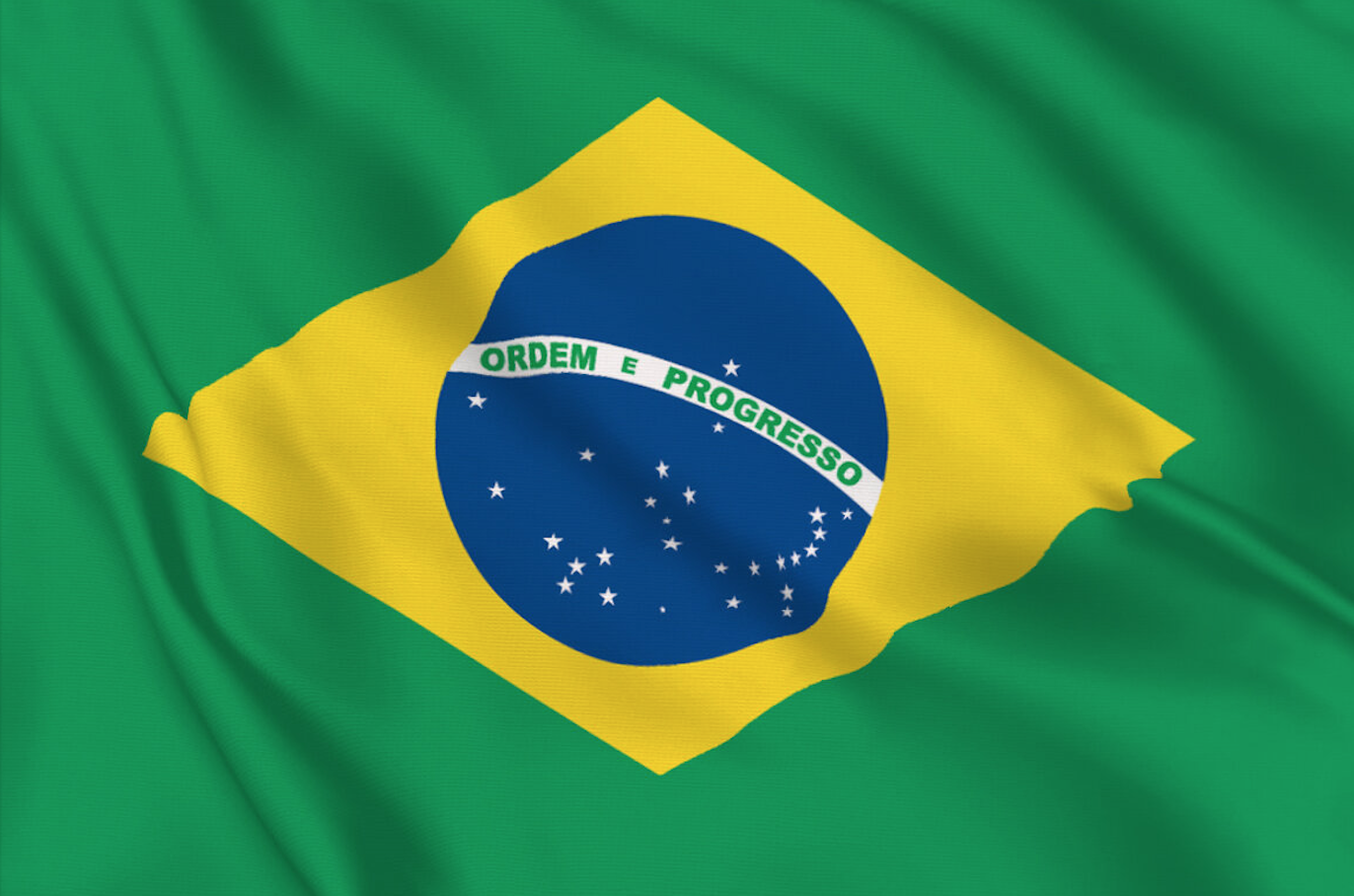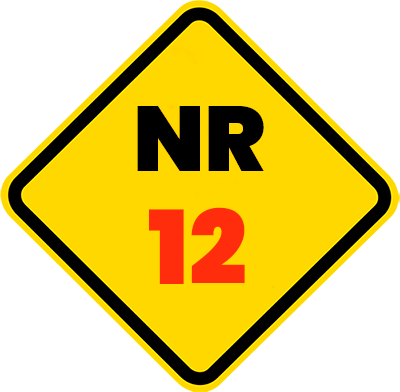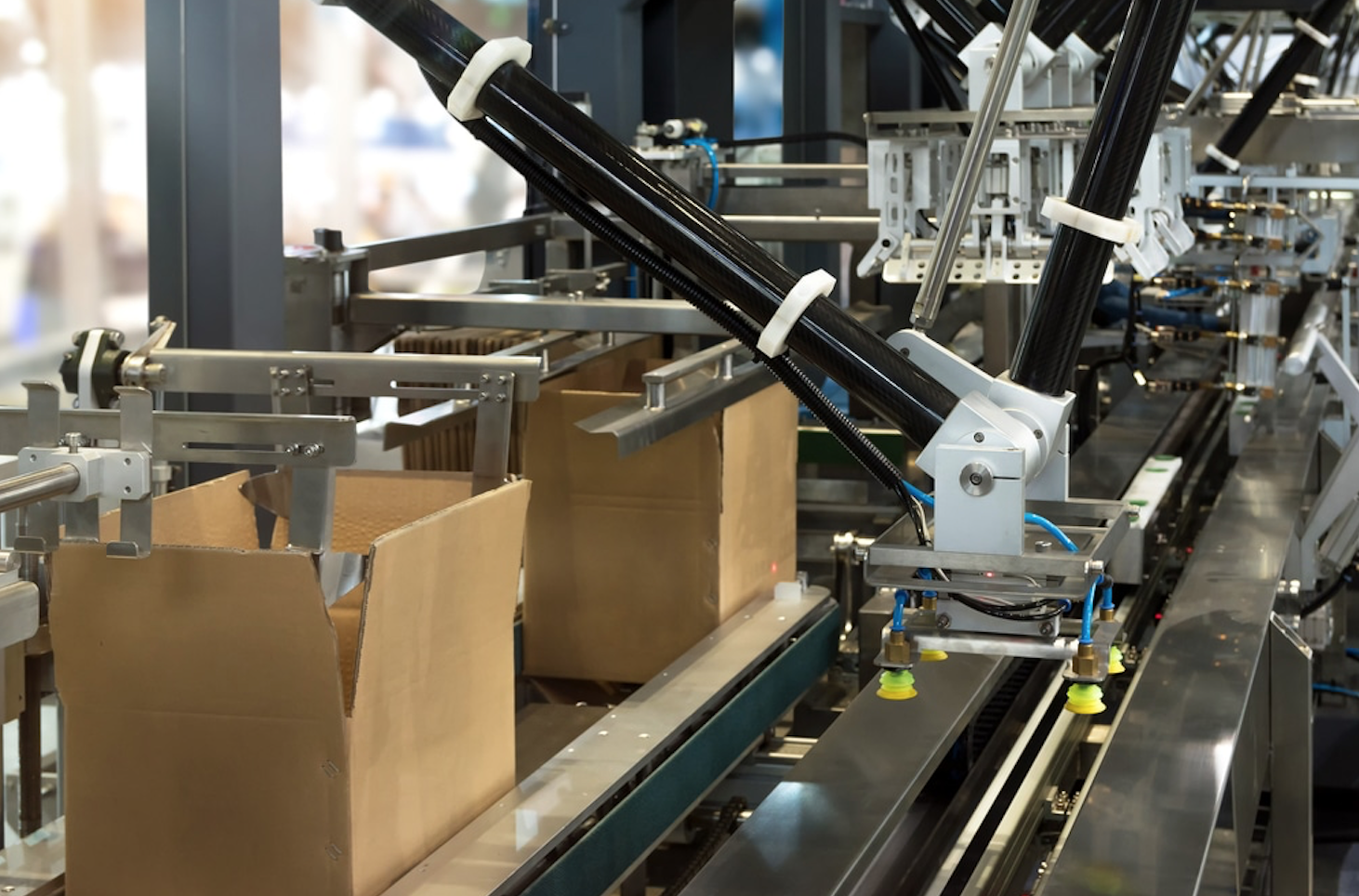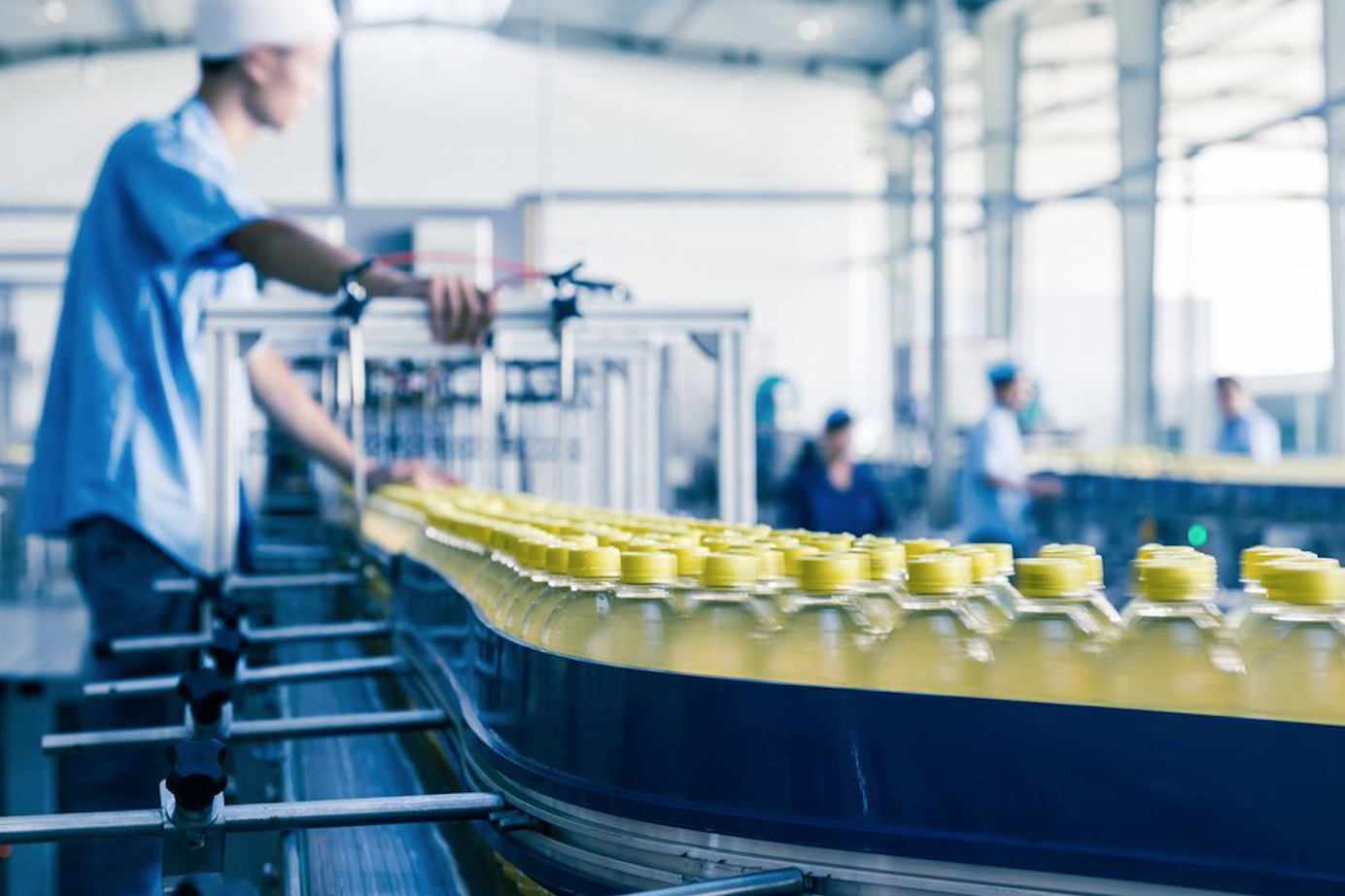Export to Brazil: opportunities and regulatory constraints
ACE do Brasil, based in Sao Paulo, supports Italian OEMs in achieving compliance for machines destined for the Brazilian market. The South American branch of AC&E, which employs locally accredited engineers, offers an A to Z consulting service to comply with the “NR” that regulate imports into the country..

Brazil is a market of sure interest for Italian companies. In 2020, the total export of Made in Italy to the South American country will amount to 3.6 billion euros, of which 112 million will be related to machinery and equipment for packaging and wrapping. However, in order to take full advantage of the opportunities offered by this market - one of the most important in the world - machinery manufacturers must be aware of and adapt to the inspection system, legislation and technical regulations in force in the country.

The NR (Normas Regulamentadoras) issued by the Ministry of Labor and Employment of the country regulate with strict provisions and procedures all the requirements inherent to the industrial panorama, including the safety of machines and workplaces.
For example, NR 12 specifically defines the minimum safety requirements - starting from the design and construction phases - of machines intended for import and marketing in Brazil, even for the sole purpose of exhibition at trade fairs.
Other important laws in the industrial machinery sector are NR 10, NR 13, NR 17, NR 20, NR 26 (Table 1). The main difference between the Brazilian market and that of the European Community concerns the procedures of verification and acceptance of the machine which, by legal obligation, must be carried out by a legally qualified Brazilian engineer, registered in the CREA register, who determines the conformity and finalizes the registration of the good itself.

Comprehensive consultancy, starting from design
In order to support European manufacturers in the process of exporting and verifying machines destined for the Brazilian market, AC&E - a global machinery export consulting company that has implemented a widespread presence in its target markets - opened the ACE do Brasil branch in 2014, based in Sao Paulo, which uses its own engineers, registered with CREA.

In this regard, Stefano Nicolussi, AC&E’s Sales Manager, explains.
«The knowledge of the Brazilian legislation, of the import procedures, of the technical safety requirements of the installed machinery and of the workplaces are fundamental aspects to prevent disputes, also in case of audits by local authorities. Among the services provided by ACE do Brasil there is the complete assistance to obtain the conformity and certification of the machines according to the NR and technical standards to be applied. The final acceptance of the machine which includes a pre-starting inspection at the installation site and the issuing by the Brazilian personnel of the two necessary documents: the conformity report called Laudo De Validação and the A.R.T. Certificate (Annotation of Technical Responsibility). To avoid inconveniences in this last phase - Nicolussi points out - the ideal thing would be for the manufacturer to ask for our assistance right from the first design steps in the production site, in agreement with the Brazilian technicians»
Brazil and CE: regulatory convergences and specificities
The latest edition of NR 12 in June 2019 has brought the Brazilian regulatory landscape much closer to the European one, both in terms of design and manufacture of industrial machinery.
It is also important to keep in mind that the main document contained within a Laudo De Validação according to NR 12 consists of the risk analysis which today, unlike in the past, can be fully accepted if it is based on the ISO 12100 standard with application of the hybrid method ISO/TR 14121-2 and calculation of the Performance Level according to ISO 13849-1.

Finally, in the case of machines installed in a classified environment, or which generate potentially explosive enclaves within them (whose legislative references are contained in: NR 10, NR 12, NR 20 and Portaria n. 179/2010), the attention during the construction phase should be focused only on the electrical components, leaving out, for example, the risks due to overheating of moving parts.
In most cases, a presumption of conformity can be based on IECEx certification. In case of application of EN (ATEX) standards or previous editions of currently applicable IEC standards, a gap analysis of acceptance requirements can be carried out.

















